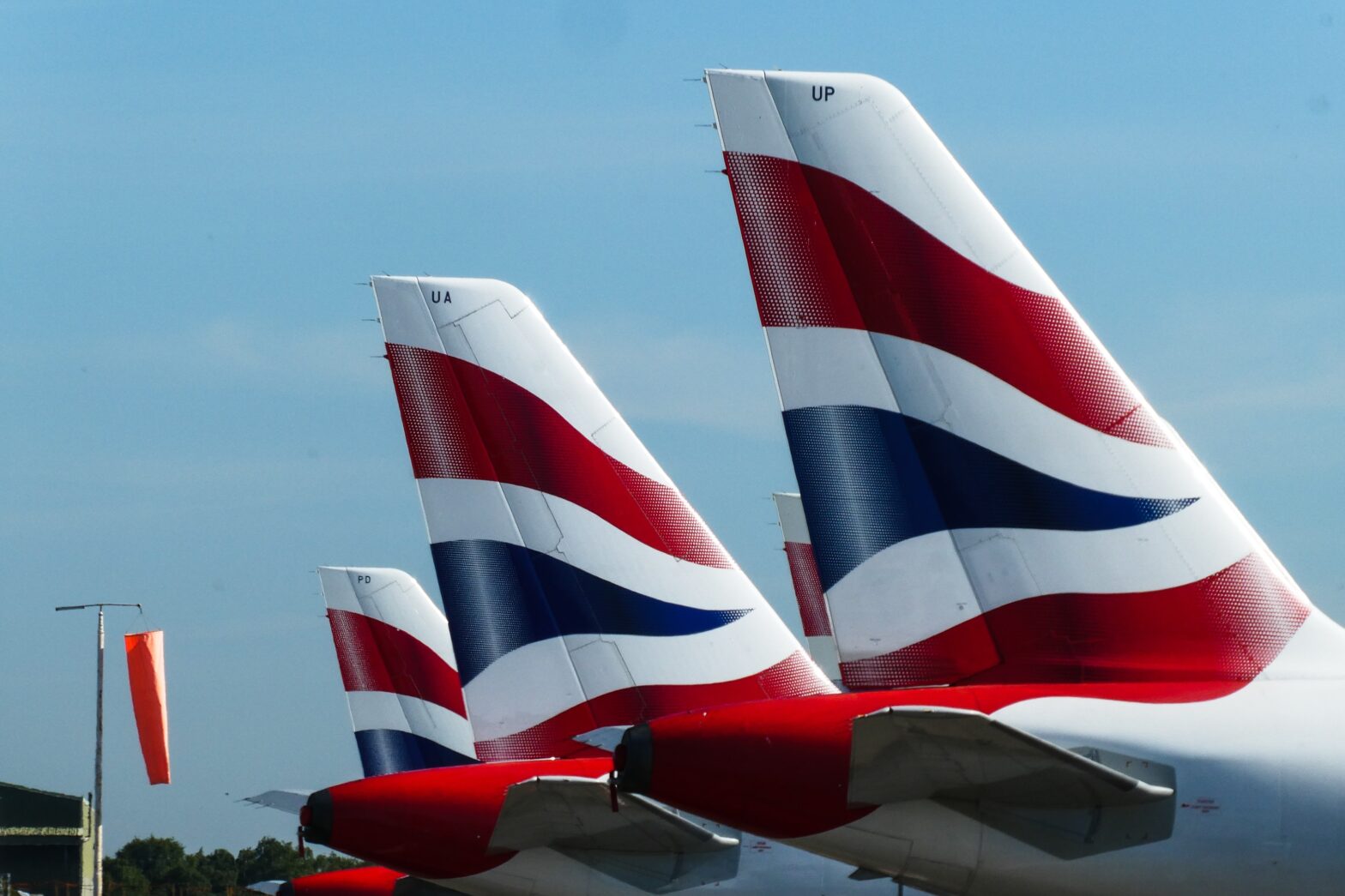3 March 2022
BA
Holidaymakers left behind.
By Robert Kilconner
Check in systems, stand planning, flight management systems, cabin crew allocation, all messed up by computer system failures. Add in planes being in the wrong place because of the storms and BA seems to have wilted under the accumulated pressure. Flights cancelled, luggage misdirected and goodness knows what else, and to add salt to the wound the budget airlines functioning relatively satisfactorily. One cannot help feeling sorry for the national carrier, although no doubt it inspires other emotions among those unable to go on and get back from their holidays.
Some commentators have suggested underinvestment in computer systems as having contributed to the chaos. Whether or not that is so there was clearly not enough slack in the system available to cover the problems. It is understood that many of the functions in relation to which the computers failed could be performed manually but not all of them at once, at least with the staff available.
How much spare capacity you should build into your system to meet unexpected contingencies is one of the classic problems of management. At first sight you might think that it was primarily an issue for the private sector, anxious to maximise profits and willing to cut corners if necessary. Actually, though, it is a problem for all those anxious to deliver a service at the lowest possible cost and the issue arises everywhere from running hospitals and schools to the gearing of property companies. Could you run more trains over your lines without timetabling issues? Would the Falkland Islands still be safe if we cut down on those naval patrols? Could we reduce the number of policemen on the beat without increasing crime? Businessmen, administrators and politicians up and down the land are asked questions of this sort and if they can answer “yes”, and nothing then goes wrong, they will attract plaudits, praise and promotion. The trouble is that this can push them towards optimism and that tendency is reinforced by the pretensions of modern technology.
I am sure it is unfair to Brunel but when one looks at the massive structures of Victorian buildings one cannot help feeling that there was a tendency to overbuild a little to “cover contingencies”, a sensible enough approach where rule of thumb had not yet given way to the rule of computers. Nowadays it is different. Programs can be run to analyse tolerances and those designing a structure or a system will be reluctant to go beyond what the computer demands. That keeps costs down but if there are multiple failures (a combination of computer failure and a storm, say) or the issue is an unforeseen one, the tolerances may not be sufficient, and in the words of the song “down will come cradle, baby and all.” It is then that a little overbuilding comes into its own.
There is no point in hoping that those responsible for projects being delivered against cash targets will always build in more tolerances than they, or their computer systems, feel they need to meet perceived risks. Sometimes they will, of course, where management is wary of the potential cost of failure and anxious to safeguard against it. Often, however, they will do what the computer requires and no more. I have no doubt that in the maintenance of its fleet BA builds in all sorts of contingency planning. As it refurbishes its computer systems it needs to make sure that it has done the same there as well.
tile photo: by Nick Fewings on Unsplash


